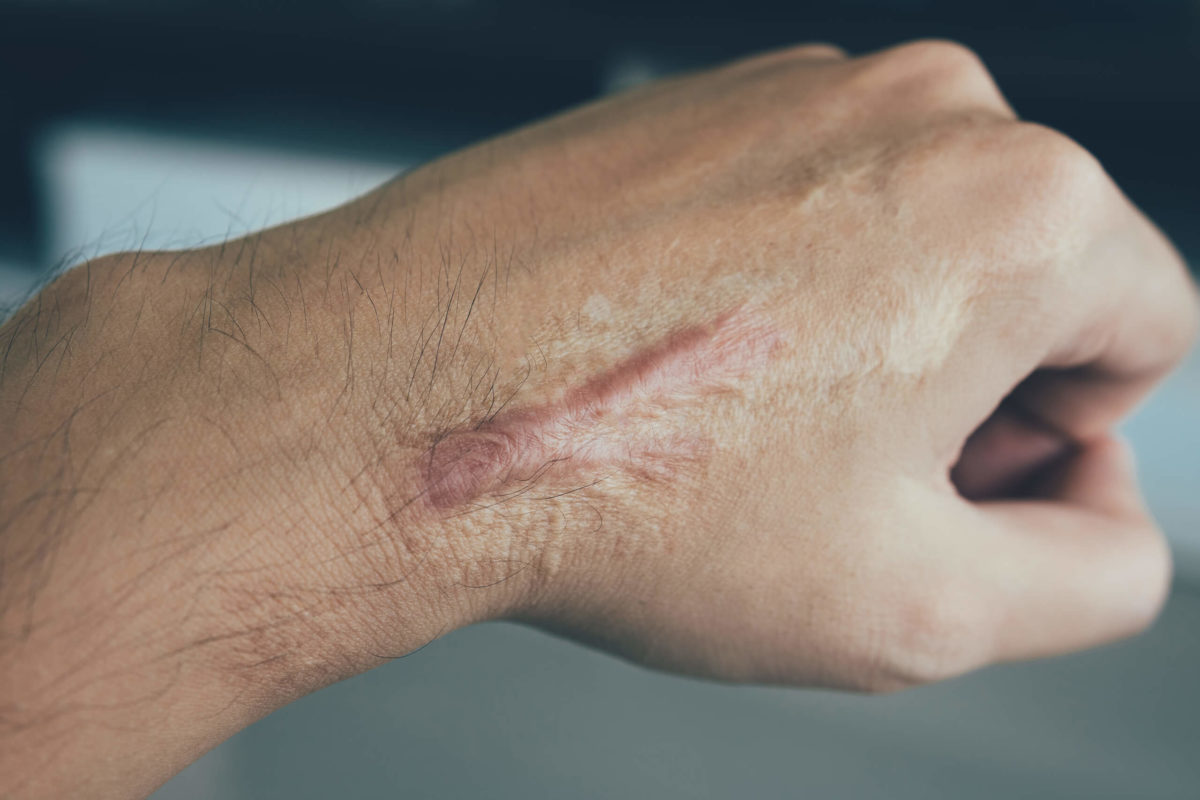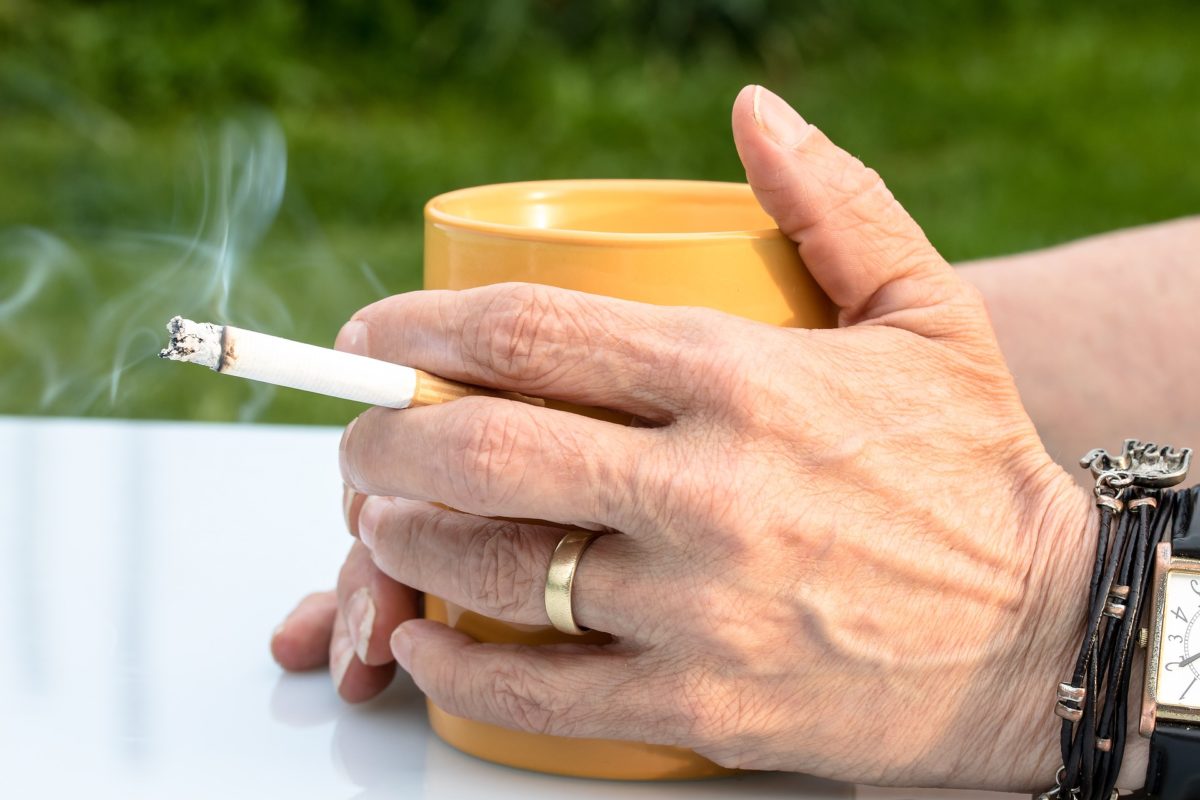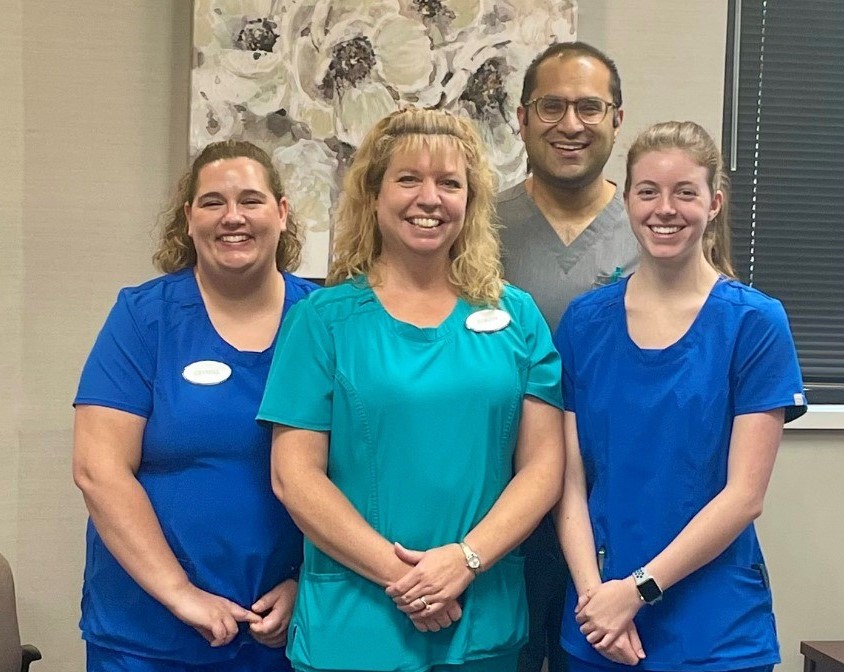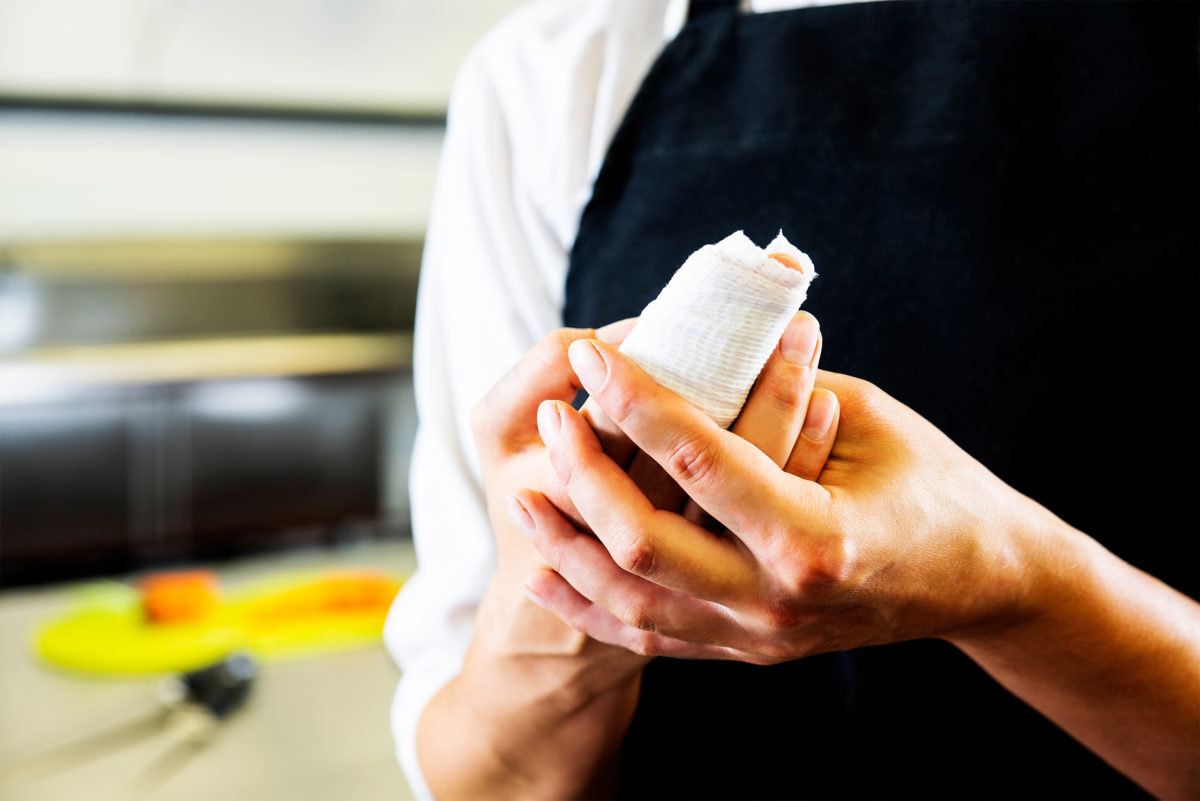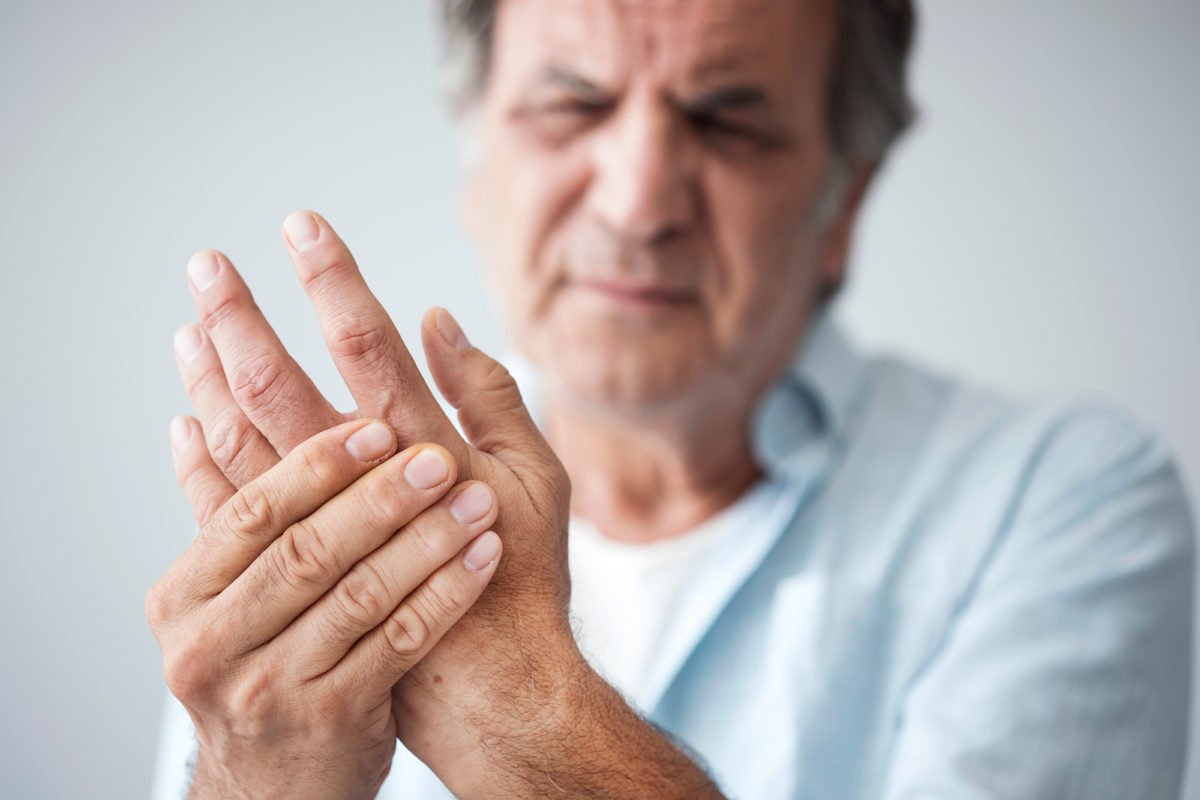Most patients ask us about any potential scarring on the hands or wrists prior to undergoing surgery, and their concerns are understandable. The truth is that most hand surgeries may result in some minor scarring. In most cases, however, we find that dramatically better than having to live with the pain, discomfort, and appearance of the initial condition, and most patients definitely agree.
The good news is that most hand scars after surgery are very minor, almost unnoticeable. Even when they are slightly more pronounced, our hand doctor offers scar removal and treatment options that can minimize their appearance.
Dr. Arora can also minimize scars due to injury or minor burns, as well as some skin imperfections that were present at birth.
Why Scars Form
Most of us know what scars are and likely have one or more. Before we get into how scars are treated, however, let us talk about why scars form in the first place. We think it’s rather fascinating, actually, and it just goes to show how smart our bodies really are!
Scars are essentially the body’s natural Band-Aid or stitches. They form as a part of the healing process after your skin has been cut, burned, scratched, or otherwise injured. The skin repairs itself by growing new tissue in gaps, and that tissue pulls the wound together. Without the body’s natural ability to grow this new tissue to “stitch” the skin back together, your body would be at risk of infection, expansion of the injury, permanent damage, or worse.
Scar Removal & Treatment Options at Arora Hand Surgery
The type and extent of a scar will determine the best scar removal and treatment options, especially in the case of burns. If a scar is associated with damage to tissues beneath the skin, including the nerves and tendons, other treatment options may be necessary. If the scar is superficial, meaning it’s only on the surface of the skin, treatment can be effective.
Several different procedures are commonly used to minimize the appearance of scars.
Scar Massage or Vibration
Massaging the area with petroleum jelly, cocoa butter, or hand lotion can loosen the skin. The area should be massaged in the direction of the scar for 10 minutes twice a day. After about 3 months, you should start to see some results.
Exercises
We know. … Suggesting controlled exercise programs for scars seems counterintuitive. You’re trying to reduce the scars, after all, not beef them up or give them more endurance!
But think of it as telling your body, “Hey, you don’t have to panic and build up all this extra tissue. I’m taking care of it in a different way. See what I’m doing to help you?”
And of course, we’re not talking about weightlifting or cardio. The exercises are based on stimulating nearby joints and tendons to keep them gliding smoothly under the skin.
Pressure Therapy
Pressure therapy is typically used right after surgery or after a burn. Applying a pressure garment over dressings to a wound while it’s healing can minimize the appearance of scars, or at least help keep them flatter.
Silicone Gel
Placing a thin layer of silicone gel over the area serves as a bandage, and the gel can remain on the hands throughout the day. If Dr. Arora recommends this scar treatment remedy for you, the gel should be used for at least 12 hours per day for a minimum of three months.
Injections or Surgery
Burn scars or other injuries may require surgical treatment. (Serious, high-degree burns may need to be treated at specialized burn centers, such as those at the University of Michigan and the Detroit Medical Center’s Detroit Receiving Hospital.)
Treatment options include:
1. Collagen injections/fillers
Some skin care professionals can inject collagen into the area to create a smoother appearance.
2. Scar revision surgery
Scar revision surgery attempts to minimize a scar to make it less visible as well as blend in with the surrounding skin.
3. Skin grafts
Natural skin or a synthetic material can be used to fill skin at the area, or the surgeon would remove the scar and then replace the skin with the synthetic material.
4. Excision
Scars are cut out and removed during a surgical procedure, although this may leave a smaller scar in this place.
5. Laser surgery
Unlike excisions, laser surgery does not involve cutting out the scar. Instead, a fractional laser light is used to break down scar tissue and trigger healthy new tissue to form at the site.
6. Dermabrasion
Offered by some dermatologists and plastic surgeons, dermabrasion is an exfoliating technique that uses a rotating instrument to remove the outer layers of skin.
Not all these injections or surgeries are available through Arora Hand Surgery, although we can recommend other skin care professionals who may be able to assist you. These techniques are also not ideal for every patient; it depends on the types of scars you have and how deep they are, as well as a combination of your preferences and Dr. Arora’s recommendations. Talk with Dr. Arora, a dermatologist, or a plastic surgeon to see if any of these options are suitable for you.
If you want to know more about wrist and hand scar removal and treatment options, make an appointment to see the hand specialist at his West Bloomfield, Warren, Macomb Township, or Howell office.

